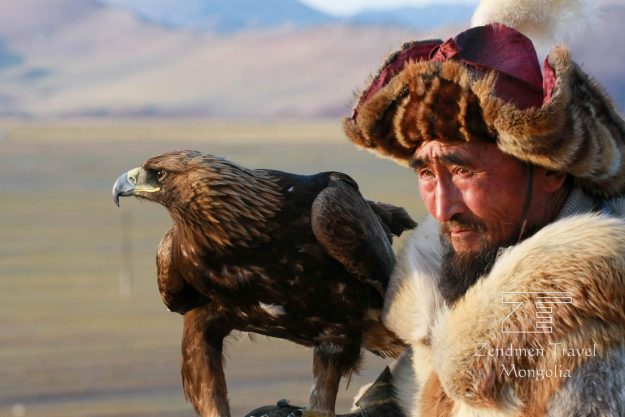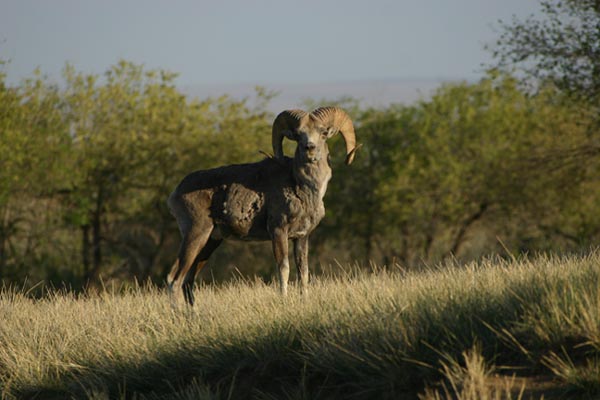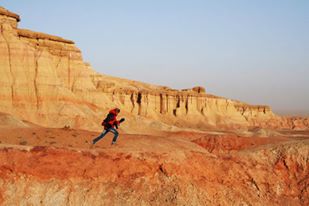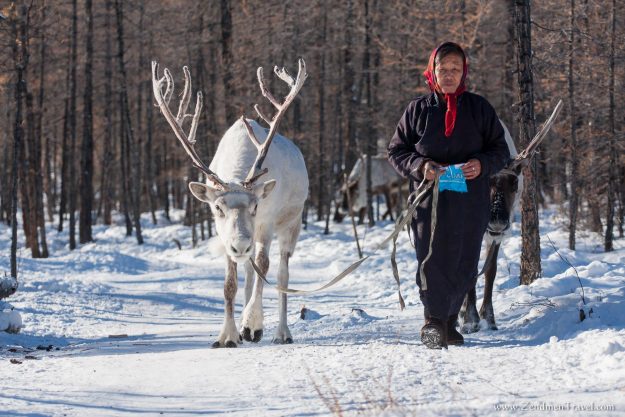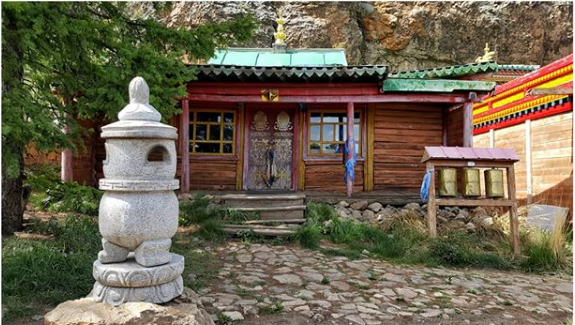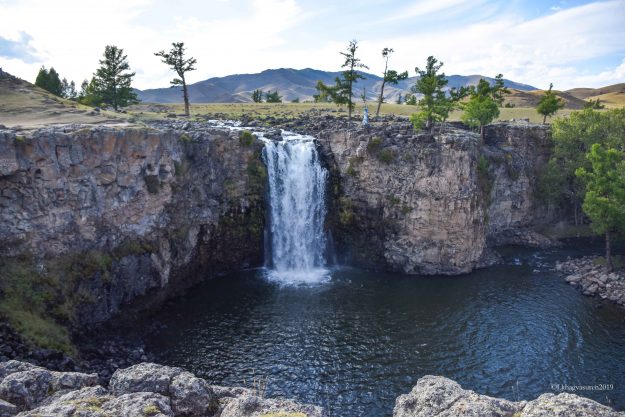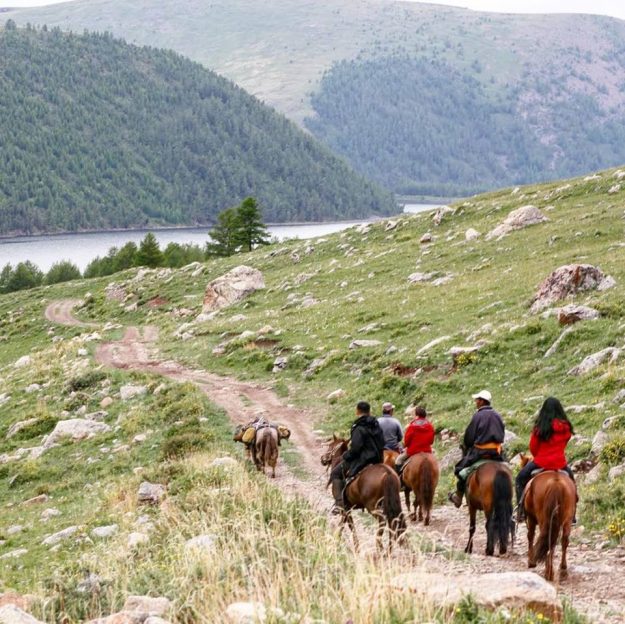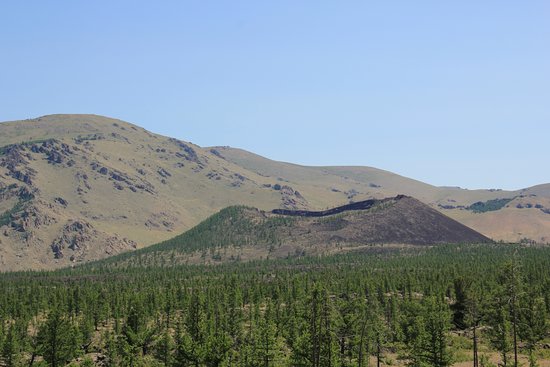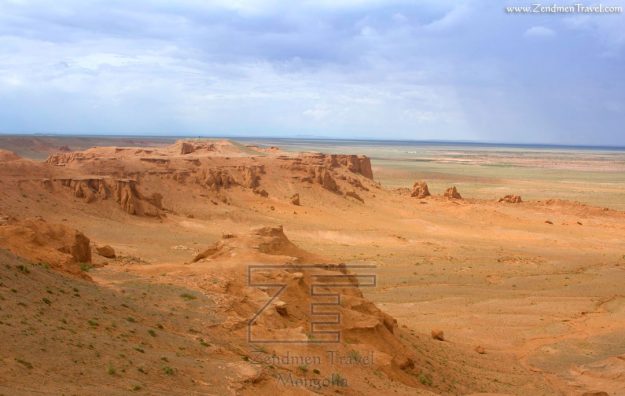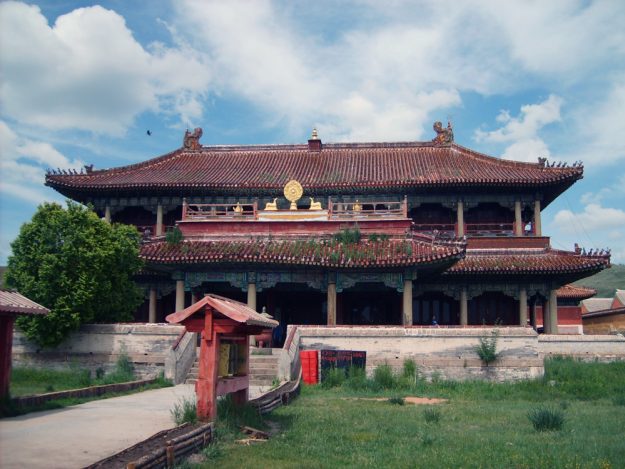Destinations and places you must see when you travel in Mongolia
Eagle Hunters and Huntress Hunting with raptors is very much an ancient tradition of the Central Asian nomadic tribes. The earliest mentions in the historic resources, Secret History of the Mongols reveals Bodonchar Munkhag, a direct ancestor of Chinggis Khaan, was abandoned by his tribe and caught a goshawk for hunting to survive from starvation.…
Ikh Nartiin Chuluu, commonly known as Ikh Nart, lies in the East Gobi, marking the northeast ending of the Gobi Desert. Ikh Nart Nature Reserve was established in 1996, covering 66000 hectares to protect a globally important population of argali sheep. As the transition area between the desert and grassland, Ikh Nart has a unique…
Tsagaan Suvarga is one of the many unusual scenery the Gobi Desert has to offer. Sometimes referred to as White Stupa, Tsagaan Suvarga’s scarps are situated in Ulziit soum, Dundgobi province. The slopes look like ruins of the ancient city from the distance. You will be greeted by 100 meters wide (328 ft) and 30…
The Tsaatans are a small Tuvan reindeer herders community living in northern corner of Mongolia. The name Tsaatan literally means “people who have reindeer” in the Mongolian language. They speak the Dukhan language, which is endangered only spoken among the reindeer herders. Tsaatan’s lifestyle differs from other people around the world. Tsaatan’s daily chores are…
Mongolian High Saint and first Bogd Zanabazar was smitten by the beautiful and unique nature of this place in 1648 when he was 14 years old. In 1651, he built a stone-walled small house to practice meditation and named it Dubkhan or House for Creation. Through time this word became Tuvkhun. Tuvkhun Monastery is located on…
Orkhon Waterfall or UIaan Tsutgalan is one of the most scenic places in Central Mongolia. Located in Bat-Ulzii sum of Uvurkhangai province, It’s a part of Orkhon Valley Cultural Landscape that was registered under UNESCO’s World Heritage List in 2004. The waterfall falls 24 meters. Summer brings life to the waterfall and the valley. Nomadic…
Khuisiin naiman lakes (Eight Lakes) was formed by volcanic eruption centuries ago. Located at 2400 metres above sea level, between towering mountains of Khangai mountain range, Eights Lakes are only reachable by horse or foot trekking. There are literally eight lakes in distance of 500m to 3 km from each other. Locals say all of…
Khorgo Volcano, situated on the eastern side of Terkhiin Tsagaan Lake, is an extinct volcano that holds significant geological and ecological importance. It stands as the last active volcano in Mongolia, having erupted approximately 8000 years ago. The crater of the volcano, located at an altitude of 2,210 meters, boasts a diameter of 300 meters…
Bayanzag, known as the Flaming Cliffs, is one of the iconic landforms of the Gobi Desert. Bayanzag was introduced to the world by American palaeontologist Roy Chapman Andrews. An expedition, led by Andrews in the early 20th century, made a remarkable discovery in the science of palaeontology as they found first-known dinosaur eggs along with…
It is one of the oldest surviving monasteries in Mongolia. The Amarbayasgalant monastery was built as a final resting place of first Bogd Zanabazar, at the foot of Burenkhaan mountain in 1727. Zanabazar was a polymath person, and besides his leadership role in both religion and politics, he was also a highly skilled sculptor, painter,…

